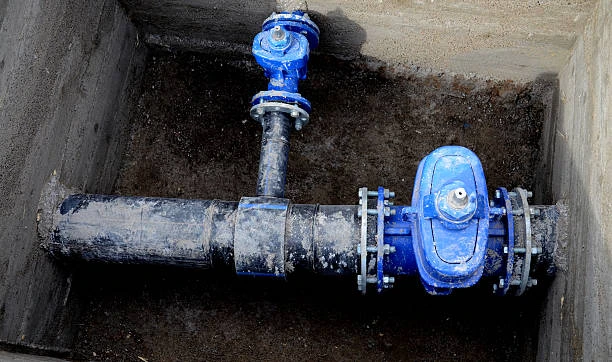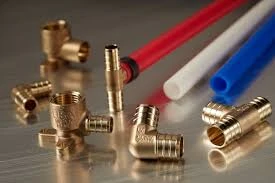Tire valves are essential components of every vehicle, allowing you to inflate and maintain proper air pressure in your tires. While the function of a tire valve is universal, the color of its cap can reveal specific details about the tire’s internal composition. If you see a green cap on your tire valve, it signifies that the tires are filled with nitrogen instead of regular air.
This article explores the significance of tire valves, why nitrogen-filled tires have become increasingly popular, the benefits of using nitrogen, and how to maintain these specialized tires. By the end, you’ll understand why that small green cap matters for your vehicle’s performance and safety.
What Is a Tire Valve?
A tire valve is a small but crucial part of a vehicle’s tire system, acting as a gateway for adding or releasing air or gas. The valve helps maintain proper tire pressure, which is vital for safety, efficiency, and tire longevity.
Components of a Tire Valve:
- Valve Stem: The cylindrical structure through which air is added or removed.
- Valve Core: A spring-loaded mechanism inside the stem that prevents air from escaping.
- Valve Cap: A protective cover that keeps dirt, dust, and moisture out of the valve core.
The valve cap might seem insignificant, but it plays a key role in preserving the integrity of the valve. Colored caps, like the green ones, provide additional information about the type of gas inside the tire.
Why Do Tires Have Green Valve Caps?
Green valve caps are an industry-standard way of indicating that the tire is filled with nitrogen instead of regular compressed air. This visual cue helps technicians and drivers identify nitrogen-filled tires quickly, ensuring they receive the correct type of refill during maintenance.

Benefits of Nitrogen-Filled Tires
Nitrogen is increasingly used as an alternative to regular air in tires due to its unique properties. Below are some key advantages:
1. Reduced Pressure Loss
Nitrogen molecules are larger than oxygen molecules, making them less likely to seep through the rubber of the tire. This results in more stable pressure over time compared to regular air-filled tires.
2. Improved Fuel Efficiency
Maintaining consistent tire pressure reduces rolling resistance, which in turn enhances fuel efficiency. Properly inflated tires ensure optimal contact with the road, reducing fuel consumption.
3. Longer Tire Lifespan
Nitrogen minimizes internal moisture, which helps reduce the risk of rust or corrosion on the inner walls of the tire. Stable pressure also decreases uneven tread wear, extending the tire’s life.
4. Better Performance in Extreme Conditions
Nitrogen-filled tires are less affected by temperature fluctuations, making them ideal for high-performance vehicles or extreme climates where tire pressure changes can affect handling.
5. Environmental Benefits
By maintaining proper tire pressure for longer periods, nitrogen-filled tires help reduce the frequency of tire replacements and the environmental impact of manufacturing and disposing of tires.
How to Maintain Nitrogen-Filled Tires
Proper maintenance is essential to reap the full benefits of nitrogen-filled tires. Here are some tips to keep in mind:
1. Check Tire Pressure Regularly
Even nitrogen-filled tires can lose pressure over time due to leaks or valve wear. Use a tire pressure gauge to monitor pressure levels monthly.
2. Top-Up with Nitrogen Only
If your tires need a refill, ensure they are topped up with nitrogen. Mixing regular air with nitrogen reduces its effectiveness. Many service centers provide nitrogen refills.
3. Inspect Valve Caps and Stems
Ensure the green valve cap is securely fastened to prevent dirt or moisture from entering the valve. Check for signs of wear or damage on the valve stem.
4. Follow Manufacturer Guidelines
Always adhere to your vehicle’s recommended tire pressure levels, which can be found in the owner’s manual or on the driver’s side door frame.
5. Consult Professionals
Visit a certified service center for regular tire inspections and maintenance to ensure optimal performance.
Common Misconceptions About Nitrogen-Filled Tires
1. “Nitrogen Prevents All Pressure Loss”
While nitrogen reduces the rate of pressure loss, it doesn’t eliminate it entirely. Regular checks are still necessary.
2. “Nitrogen is Only for High-Performance Vehicles”
Though popular in racing and aviation, nitrogen can benefit any vehicle by improving tire life and efficiency.
3. “Switching to Nitrogen Requires Special Tires”
Nitrogen can be used in any standard tire. No special tires are required for this upgrade.
Conclusion
Seeing a green cap on your tire valve is more than just a cosmetic feature—it’s a signal that your tires are filled with nitrogen, a gas that offers numerous advantages over regular air. From better fuel efficiency to longer tire life and improved performance, nitrogen-filled tires can enhance your driving experience while reducing maintenance efforts.
By understanding the significance of your tire valve and its green cap, you can make informed decisions about your vehicle’s upkeep and enjoy the benefits of this innovative approach to tire care.
FAQs
1. What does the green cap on a tire valve mean?
A green valve cap indicates that the tire is filled with nitrogen instead of regular air.
2. Can I mix regular air with nitrogen in my tires?
Yes, but it reduces the benefits of using nitrogen, such as slower pressure loss and moisture reduction.
3. How often should I check nitrogen-filled tire pressure?
Check tire pressure monthly, even if your tires are filled with nitrogen, to ensure optimal performance.
4. Is nitrogen filling expensive?
Nitrogen refills are slightly more expensive than regular air, but the benefits often outweigh the cost for many drivers.
5. Do nitrogen-filled tires work better in all conditions?
Nitrogen performs well in extreme temperatures and high-performance scenarios but provides benefits for everyday driving as well.


















